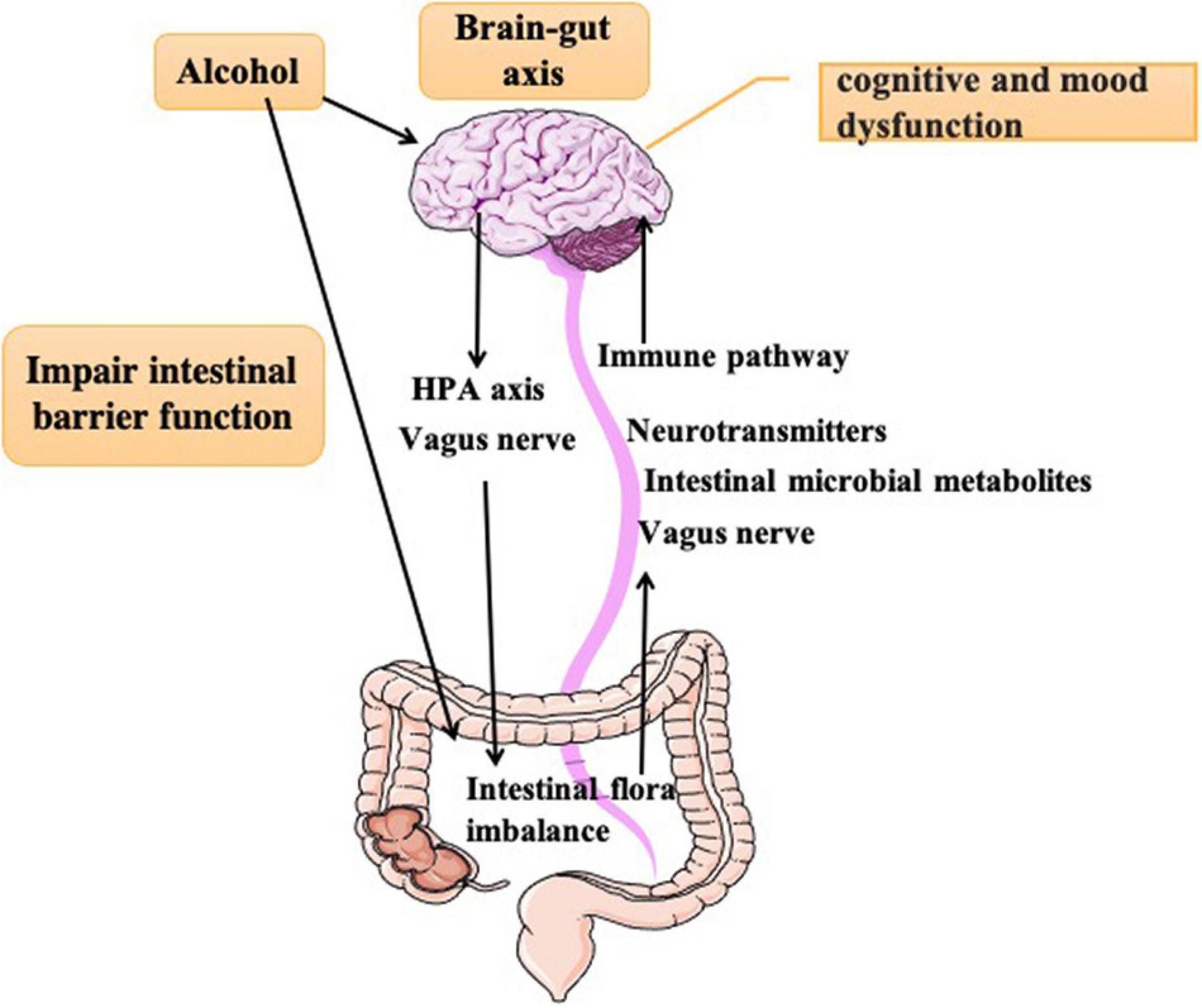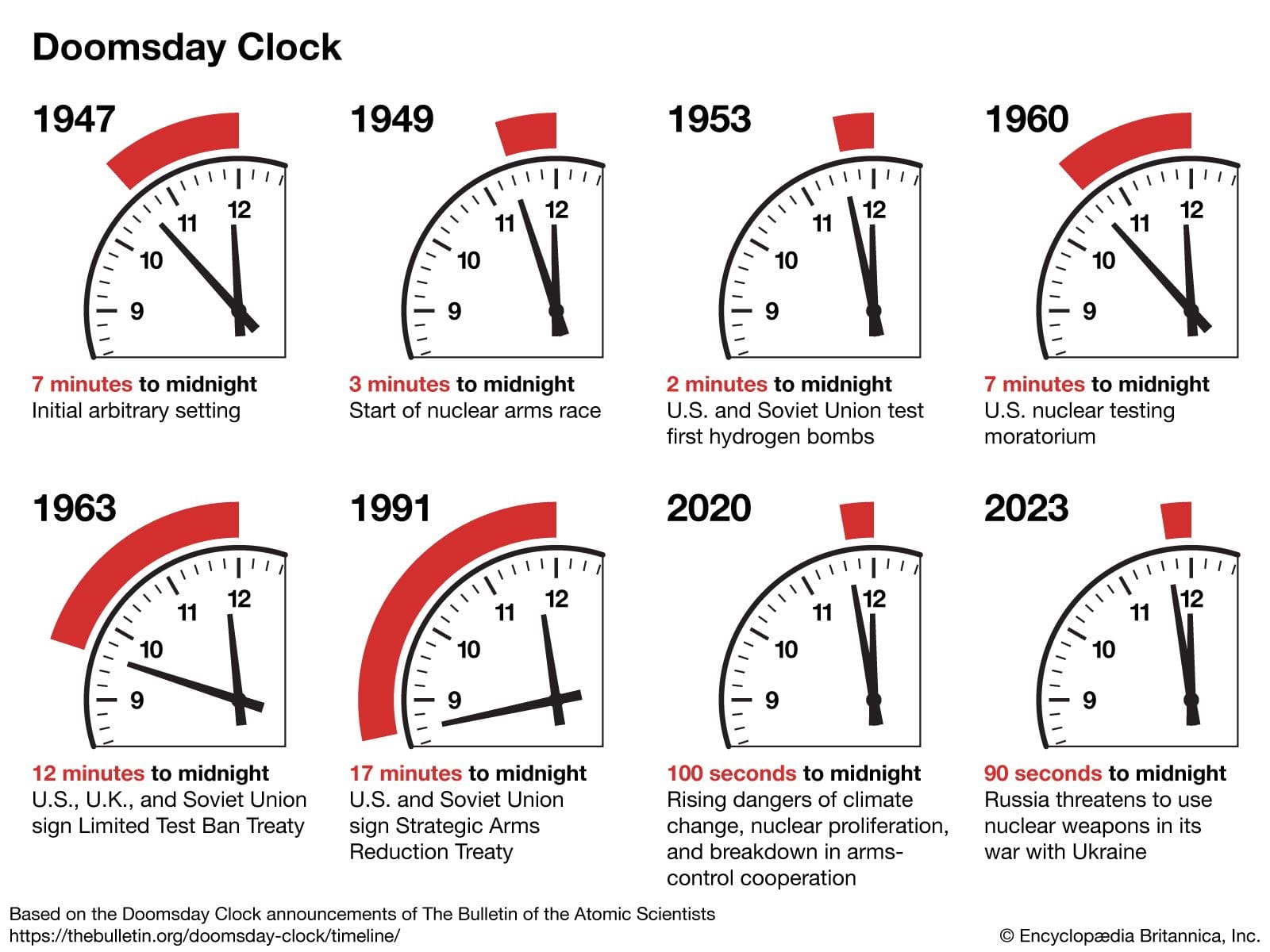The Geminid meteor shower, renowned for its vibrant and plentiful fireballs, is considered one of the most impressive meteor showers observed annually. Occurring in December, the Geminids typically peak around the 13th to 14th of the month, providing an excellent opportunity for astronomy enthusiasts and casual observers alike to witness this natural spectacle. The meteors are known for their bright colors and the potential for fireballs, which are brighter than the average meteor.
The Geminids are unique as they originate from an asteroid named 3200 Phaethon, rather than a comet, which is the case for most meteor showers. This asteroid’s debris stream interacts with Earth’s atmosphere, resulting in the stunning light displays that characterize the shower. As the Earth passes through this stream of particles, which range in size from grains of sand to small pebbles, they enter our atmosphere at high speeds, creating the brilliant streaks of light that we see.
For those wishing to catch a glimpse of this year’s Geminid meteor shower, timing is critical. The best viewing conditions typically occur after midnight, when the sky is darkest, and the radiant point of the meteors—located in the constellation Gemini—has risen higher in the sky. Observers can expect to see around 120 meteors per hour at peak activity, although this can vary depending on local weather conditions and light pollution.
To enhance the viewing experience, it is advisable to find a location away from city lights, as urban areas can significantly diminish visibility. Open fields, parks, or elevated areas with a clear view of the sky are ideal. Bringing along a reclining chair or blanket can make for a more comfortable experience, allowing viewers to lie back and take in the celestial show without straining their necks.
In addition to choosing the right location, preparation can also improve the experience. Stargazers should dress warmly, as December nights can be particularly cold in many regions. Snacks, hot beverages, and a good camera can also enhance the outing, especially for those wishing to capture the event. It is important to allow time for the eyes to adjust to the darkness, which can take around 20 to 30 minutes. This adjustment period will enhance visibility and allow observers to spot fainter meteors as well.
While the Geminids are best viewed in December, they are not the only meteor shower of the year. Other notable showers include the Perseids in August and the Quadrantids in January. Each meteor shower has its own unique characteristics and peak times, making them all worth observing for astronomy enthusiasts.
In conclusion, the Geminid meteor shower is an extraordinary event that captivates both seasoned astronomers and casual observers. With optimal viewing conditions occurring in the early hours of the night, and with proper preparation and location selection, viewers can maximize their chances of witnessing this celestial phenomenon. As the Earth continues its journey through space, the remnants of 3200 Phaethon will provide a dazzling display that reminds us of the beauty and wonder of the universe.



